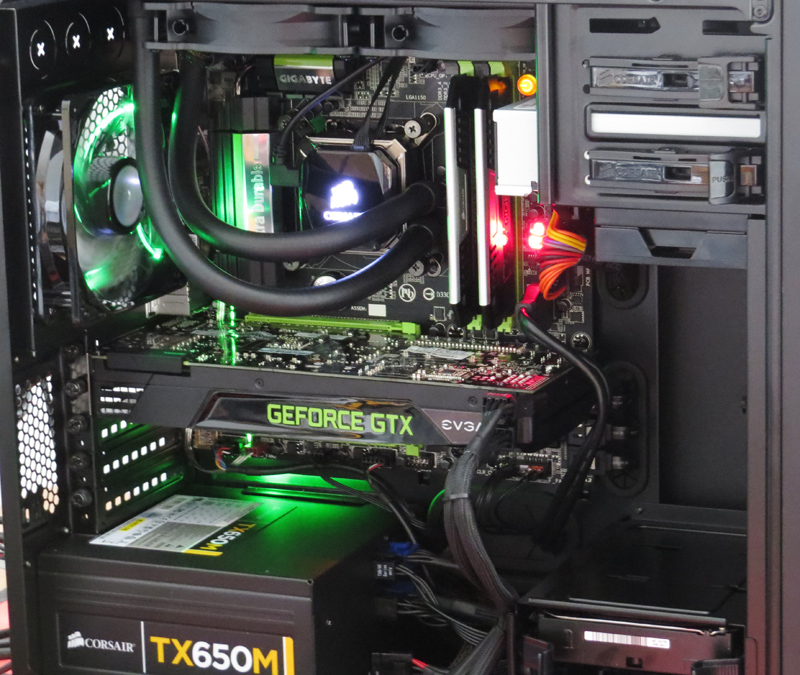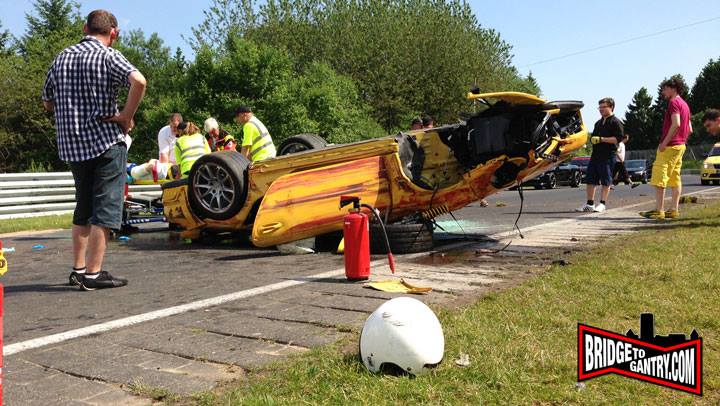Another sort of Spyder based on a 911 but continuing the tradition of the original 550 & 987 Spyders The iconic Spyder moniker has been applied to special light-weight, open-top Porsche sports cars since the 550 Spyder of 1953. It still continues today with the Boxster Spyder road car and RS Spyder racer. It is then perhaps peculiar that despite 47 years in production Porsche has never produced a Spyder based on a 911. The original 550 Spyder gained fame amongst motorsport enthusiasts for its giant killing abilities on the track, taking Porsche to its first major win in Sports Car racing in the 1956 Targa Florio where the car’s modest 1500cc four cylinder, 4-cam engine had no trouble propelling the super-light car to victory ahead of far more powerful 3 litre Maseratis and Mercedes and 3.4 litre Ferraris. Of course, amongst the general population the little 550 is probably better known for the way in which chassis number 130 met its end on Route 466 with James Dean behind the wheel. In 1957 the 550 gave way to the 718 RS Spyder which continued Porsche’s winning ways taking first in class at Le Mans in 1958 and outright victory in the Targa Florio again in 1959. The Spyder formula was simple; light weight, low drag, little or no windscreen and certainly no roof. The motor needn’t have more power than its rivals if it didn’t have to propel as much mass up the road. It worked beautifully and the Porsche Spyder legend was born. At PS we have been building bespoke 911s from our north Essex base under the PS Autoart banner for 8 years now. From track-focused stripped-out 2.7 RS style cars to more subtle early 70s style road cars based on 1990s 911s with air-con, power steering, sat nav and other such luxuries. PS has always been at the forefront of the industry in terms of innovation, prevalence and quality. The idea of a special one-off, aluminium bodied 911 Spyder has been with us for a number of years and the car you see here is the result of thousands of hours of careful research, craftsmanship and development and decades of experience with 911s. Porsche themselves came close to a 911 Spyder with its Speedster variants, indeed an original prototype of the 1989 Speedster carried a Perspex flyscreen similar to that which the PS car wears, but Porsche eventually decided to err on the side of comfort rather than performance. There were nods to light weight in the production Speedster’s manual windows and lack of rear seats, but it carried a full glass screen and hood and the kerb weight came in at over 1200kg, over twice that of the 1950s cars and barely any lighter than a contemporary 911 coupe. The PS Spyder takes the opposing stance. It tips the scales at just 950kg, a full 350kg less than the 1989 3.2 Carrera Targa which it began life as. The substantial saving is achieved by a few very obvious changes and numerous more subtle ones. The glass front and rear screens are gone, as is the Targa roll hoop. The majority of the heater is removed, leaving just the same system as the earliest 911s where the heat is blown forward purely by the engine fan. The heavy impact bumpers are replaced with PS’s own composite items. The PS Spyder was never intended to be a Caterham chaser, it doesn’t compromise all of its comfort and ease-of-use in pursuit of light weight. Where it suddenly becomes very special is when you start to look in more detail at the panels. Externally, all four wings are standard Porsche steel items, but absolutely everything else is hand formed in aluminium. The doors feel wonderfully light and are finished at the top with a roll that sweeps round and into the dash board, (also aluminium) which draws numerous cues from the 50s cars. The engine lid is the same with two rows of louvers in place of the 911s usual grill. The front bonnet loses the recess that is needed on the standard car to feed fresh air to the cockpit and becomes entirely smooth, save for the protruding fuel filler, complete with its one-off screw cap, machined from solid billet. The rear luggage cover with twin head fairings, again aluminium, is an utter work of art and perfectly evokes the original Spyder items, right down to the red leather head pads. The car is all about detail and the longer you look at it, the more you grow to appreciate just how much consideration has gone into every item. The dials are pure Stuttgart, but are recalibrated to be visible through the smaller 370mm steering wheel. The dash clock is again fundamentally the Porsche item, but is reworked to feature PS’s own chronographs. The awkward rear reflectors that usually sit outside the bumper overriders on an early 911 are gone, but to satisfy the MoT man a new reflector is incorporated into the off-side tail light assembly in place of one of the reverse lights. The gearknob is a perfect recreation of the pre-1973 Porsche item, but remade to show the shift pattern of the later gearbox. The doors are opened by bespoke machined aluminium handles concealed within the door pockets. The luggage cover opens elegantly on hinges borrowed from a current model 911. The front bumper is more shallow and delicate than that of the quicker early 911s but a subtle black spoiler sits below it to ensure it doesn’t leave the road above 150mph. The list goes on and on. Climbing inside you drop down far lower in the car than in a standard 911 and the cockpit closes warmly around you. You also sit closer to the centre of the cabin than in a standard 911, putting the pedals at a better angle to your body. The PS Spyder is no stripped-out road racer, it’s actually a rather comfortable place to be and it instantly feels far more special than the rather sombre interior of an early 911. Pull out the ignition switch and thumb the starter button (both one-offs, turned from aluminium) and the 250bhp air-cooled six scrabbles into life. It’s not a snarling mass of tin can chatter like classic 911 racers, more a cultured, angry thrum, breathing out heavily through twin centre-exit 3 inch pipes. The drive is designed to be a perfect balance between the delicacy, lightness and precision of an early 911 and the more fluid and planted nature of a 1980s Carrera. The mechanics are fundamentally all standard 1989 3.2 Carrera. The engine is rebuilt to standard specification but carefully balanced and custom remapped to produce 250bhp against the standard 231bhp. A lightweight flywheel is fitted to reduce the slightly lazy-revving character of the long-stroke 3.2. The gearbox is standard, as are the brakes. The suspension too is the same spec that Porsche fitted in 1989, though with PS’s own geometry dialled in. The car is an exercise in what can be realised through craftsmanship and weight reduction and the standard mechanicals are more than capable of producing very brisk progress. Unlike our Retro and Classic series, The PS Spyder was not conceived as a car to build in numbers, more as a one-off to scratch an itch that Paul has always had and as a showpiece to display the quality of workmanship and attention to detail that PS turns out. The car is to to be featured in the press over the coming months and will be available to purchase in early 2012, complete with our 3 year / 60,000 mile warranty (UK only).























